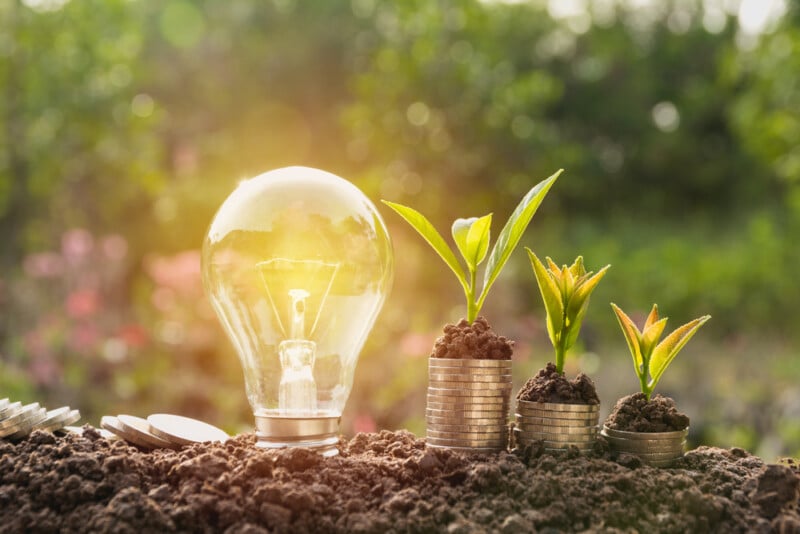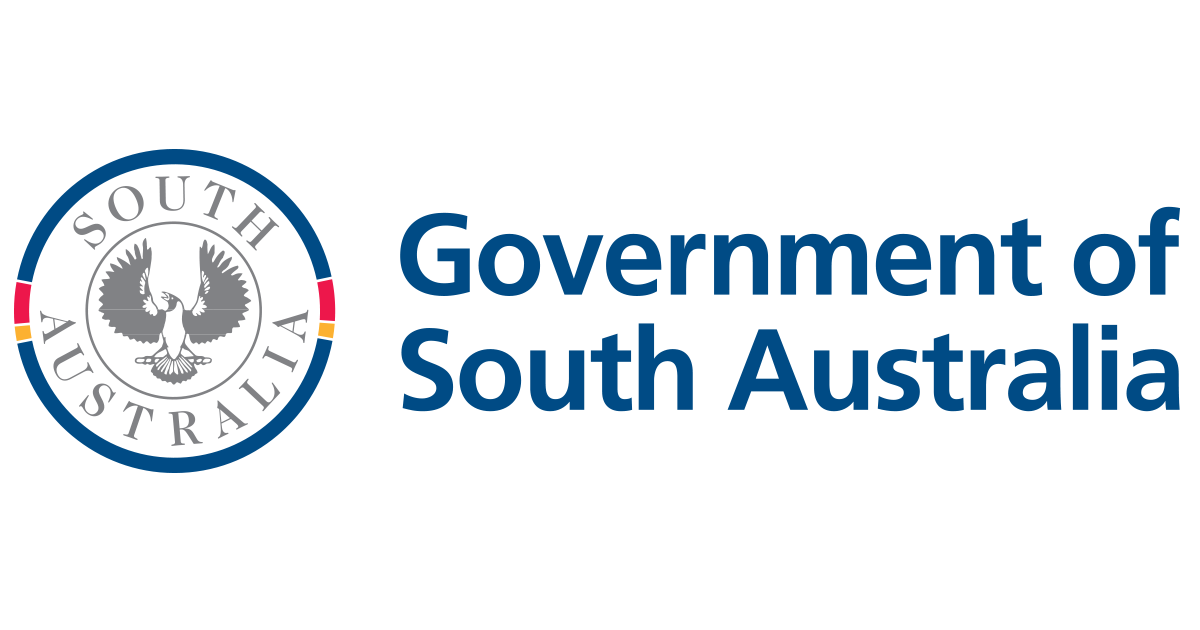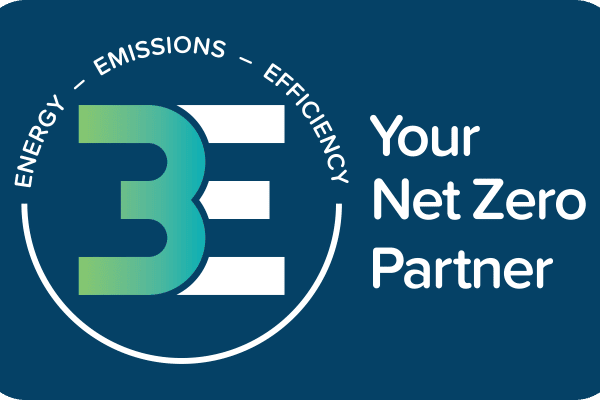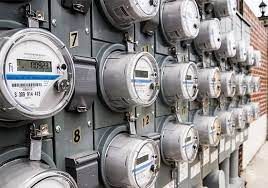State Governments spending more than $1 billion on energy efficiency
November 2020 is seen by many in the industry as a major turning point in Australian Governments’ commitment to Energy Efficiency. As many as Four State Governments have earlier this month announced major investments and policy actions to improve energy efficiency across various sectors in the economy.
South Australia (SA), Victoria (VIC), New South Wales (NSW) and Australian Capital Territory (ACT) have committed in excess of $1 billion combined on new spending for energy efficiency programs and initiatives over the next 3-4 years.
A collective COVID-19 economic recovery plan launched by industry groups earlier this year, Building Efficiency for Jobs and Growth, presented a series of recommendations for governments to achieve job creation and emissions savings by leveraging the potential of high-quality buildings and infrastructure. Several states have now recognised the benefits highlighted in the report, with many of the recommendations now adopted.
In this post, we provide a state-by-state breakdown of these exciting new initiatives.
South Australia’s push towards sustainable government buildings
The SA Government is investing $60 million over the next two years to improve energy efficiency in government buildings, creating hundreds of jobs and cutting the taxpayers’ electricity bill.
“The $60 million commitment is the largest per capita stimulus investment of any Australian Government in improving the energy efficiency of public buildings,” said Minister for Energy and Mining Dan van Holst Pellekaan.
“Simple measures like better insulation, shading, new lighting and more efficient air-conditioning can bring older public buildings that get too hot in summer and too cold in winter in line with modern energy efficiency standards.
“The Marshall Government is driving an ambitious transition to net-100% renewable energy with an aspiration to reduce emissions by more than 50% by 2030 from 2005 levels.
“The SA-NSW Interconnector, Home Battery Scheme, Grid Scale Storage Fund, Government Supply Contract, demand management and now the building refurbishment program are all part of the Marshall Government’s plans to reduce emissions whilst also reducing electricity bills.
The SA Government has not yet released any further details of this program, and we anticipate that they will consult with the Energy Efficiency Council and its members before the program details are finalised.
Victoria Government spends big on slashing power bills in homes
The Victorian Government announced a transformational package of investment and reforms to improve the energy efficiency of Victorian homes, with $797 million in spending across a raft of measures to cut power bills and greenhouse gas emissions
- $335m for 250,000 low-income households to replace old wood, electric, and gas heaters with energy-efficient split systems.
- $112m to seal windows and doors and upgrade heating, cooling, and hot water in 35,000 social housing properties.
- $14m to expand a rebate scheme for efficient appliances.
- Increased funding of $191m for rebate schemes for rooftop solar, household batteries, and efficient appliances.
- New minimum energy efficiency standards for rental homes, which the government estimated would benefit tenants in about 320,000 poor-quality properties.
The Victorian commitment follows a cross-community push for governments to invest in improving energy efficiency to both stimulate the economy to drive recovery from Covid-19 and help set up a long-term response to the climate crisis.
Luke Menzel, the chief executive of the National Energy Efficiency Council, said it was a “transformative investment” that would create thousands of local jobs, help the climate and save lives. He cited evidence that a similar New Zealand program led to $7 in benefits for every $1 spent, mostly through reductions in health costs and deaths.
Emma King, the chief executive of the Victorian Council of Social Service, said the commitments were “good for people, good for the economy and good for the planet”.
In addition to its commitment to energy efficiency, the Victorian Government is also making giant strides in improving the reliability of intermittent energy sources such as Wind and Solar by investing in large-scale battery storage.
The Victorian Government recently awarded a contract to a French renewable energy developer to build Australia’s biggest Tesla battery farm in Geelong.
The 300MW/450MWh Victorian Big Battery will be more than twice the size of the 150MW/194MWh Hornsdale Power Reserve, which was until recently the biggest battery in the world, and was recently expanded to add new synthetic inertia and other key grid services to South Australia.
The big battery will be operational at the end of 2021.
New South Wales lighting up public schools in a push towards an efficient, clean energy future
The NSW Government announced a spending package of more than $150 million to install LED lights in public schools across the state.
Treasurer Dominic Perrottet and Minister for Education Sarah Mitchell announced that the NSW Government is committing more than $150 million to install LED lights in public schools over the next two years.
”Retrofitting schools with energy-efficient lights in classrooms, libraries, halls, and administration areas deliver great outcomes for our schools. This program will benefit the environment while saving on energy costs every year,” Mr. Perrottet said.
The program will target schools in communities across NSW that are yet to benefit from an infrastructure project among the already committed $6.7 billion invested in 190 new and upgraded school projects.
“Importantly, this program will help stimulate local economies, supporting hundreds of jobs and building on the NSW Government’s COVID-19 Recovery Plan.” according to a statement by the government.
The NSW Government also launched the Schools Renewable Energy Infrastructure Pilot Project, demonstrating its commitment to making public schools even more sustainable. The pilot project will assess the benefits and costs of large-scale implementation of solar photovoltaic (PV) systems, batteries and demand response initiatives in NSW public schools.
Both of these programs will improve the sustainability of schools and take steps towards the NSW Government’s commitment to achieving net-zero emissions by 2050.
ACT Government commits to major actions on energy efficiency
The newly re-elected Labor-Greens government has negotiated a Parliamentary and Governing Agreement outlining governance and policy direction for the next four years. The parties agree that the world is facing a climate change emergency, and commit to undertaking rapid, science-based action to mitigate and adapt to climate change, and transition the ACT to net-zero emissions.
Some of the policies outlined in the agreement include:
- Enact minimum energy efficiency standards regulations for rental properties in 2021 with progressive implementation over the coming years.
- Implement a five-year, $50 million program to improve building efficiency and sustainability for social and public housing, low-income owner-occupiers, and the lowest-performing rental properties; this includes upgrades to government housing, and financial incentives to implement minimum energy efficiency standards in rental properties.
- Implement a program of zero-interest loans of up to $15,000 for households and not-for-profit community organisations
- Legislate to prevent new gas mains network connections to future stages of greenfield residential development in the ACT in 2021-22.
- Commence a transition project, working with industry and other stakeholders, to advance all-electric infill developments, with a goal of no new gas mains network connections to future infill developments from 2023.
- Engage with the Zero Emission Vehicle industry and adopt an ambitious target for new ACT vehicle sales to be zero emission by 2030.
- Provide financial incentives for the purchase of zero emission vehicles. This includes free vehicle registration for new zero emission vehicles for two years, introduced as soon as practical.
- Driving sustainable building innovation by piloting land release to include at least one ‘showcase’ sustainable development each year, such as a 150% living infrastructure plot ratio or a ‘Scope 3’ zero-emissions development that produces no net greenhouse emissions during construction and operation, and reduced car parking.
References:
https://education.nsw.gov.au/news/latest-news/powering-our-public-schools-into-the-future
Ecosave is a Trusted Pre-Qualified supplier of energy efficiency and energy performance contracting services to state and local governments.
Register your interest in the upcoming release of our Best Practice Guide to Procuring Value for Money in Energy Efficiency Projects
For assistance with your energy efficiency project or to discuss your sustainability requirements, you can Claim a Free Consult with one of our energy efficiency experts.
